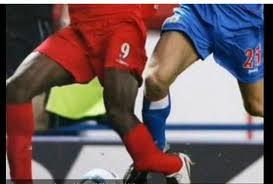|
Adult FracturesThis section; Adult Fractures, will describe the types of broken bones that affect persons considered “skeletally mature” which means that the bones have stopped growing, growth plates have closed and fractures are classified a bit differently.
The truth is “skeletal maturity” differs between males and females mainly due to variations in growth and sex hormonal influences. Basically, as long as growth plates are considered “open”, fractures fall under pediatric classification. Skeletal maturity can also differ between bones of the extremities (arms, legs) and the “axial skeleton” (pelvis and spine); the former maturing faster.
According to the National Center for Health Statistics, the average American can expect to suffer two fractures over the course of his/her lifetime. The most common occur in people under the age of 75 is thewrist fracture. Over age 75, the most common is the hip fracture. Falls are the single biggest cause of hip fractures in the elderly and carry high risk of mortality and mobility complications.
Under the age of 45, men are more likely to incur adult fractures than women. However, over the age of 45, women are more like to suffer a fracture, mainly due to the onset of menopause, in which case the hormone, estrogen, ceases to be produced and age-related bone loss begins to accelerate. Over the age of 65, women are Three Times more likely as men to break a bone.
The angle of the piece of bone, usually the “distal” radius (the piece nearest the hand) also helps to identify the type. In the Colle’s injury, the distal radius is typically angled upwards, or “dorsal”. If the piece of bone is angled downward, or “volar” it is called a Smith-type fracture or a Colle’s fracture with volar angulation.
As we age, ankle injuries can be caused by slipping on icy or uneven surfaces, tripping over household rugs, motor vehicle accidents and falling down stairs.
Leave Adult Fractures, Go to Fractures
|

"We hope you enjoy your journey through Bone and Joint Pain.com"

